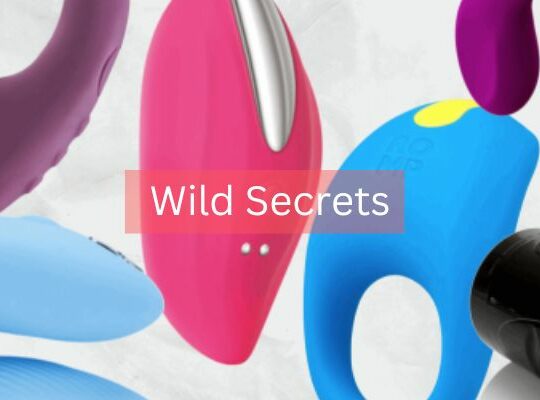
What are Micas?
The mineral micas are one of the most diverse groups of minerals on Earth. There are over 1,500 different types of micas, ranging in color from white to black, and in texture from glassy to gritty. MICAS can be found all over the world, but they are especially common in warm climates.
MICAS have been used throughout history as a source of pigment and filler in paints and cloths. They have also been used for centuries as natural remedies for health problems such as toothaches and skin conditions. Today, MICAS continue to play an important role in fashion and beauty products.
History of Micas
MICAS are a type of mineral found in various colors and shapes. They have been used for centuries as a fashionable gemstone, and their unique properties make them ideal for jewelry and other decorative items. MICAS are also used in industries such as glassmaking and ceramics, where their unique optical properties can be exploited.
The history of micas dates back to over 2,000 years ago. The Romans were among the first to use them in jewelry and other decorative items. MICAS were also popularized during the Victorian era, when they became a popular choice for women's jewelry. Today, micas remain popular with fashion designers and consumers alike because of their unique properties and versatility.
One of the key benefits of using micas is that they can be easily incorporated into many different designs without negatively affecting the optical quality of the finished product. This makes them a versatile choice for both Fashion designers and consumers who want to create unique and stylish pieces without having to worry about compromising on optical quality or durability.
Another reason why micas remain popular is because of their ethical qualities. Unlike some other types of gems which may contain elements that are harmful to human health, MICAS are made up entirely of natural minerals which are safe to wear around your neck or body. This makes them an environmentally friendly choice, as well as an ethical one – not to mention they look great too!
Uses of Micas in Fashion
The beauty of MICAS is that they can be used in so many different ways and in so many different contexts. Micas can add shimmer to fabrics, giving them a unique sheen. They can also be used to create vivid colors, making them perfect for upscale fashion pieces. They are also versatile enough to be used in more everyday items, like shoes or make-up brushes, giving them an elevated look.
MICAS have been used in traditional Native American jewelry for centuries, and their use in fashion is only growing popularity. Their versatility makes them a great choice for anyone looking to add some extra shine or color to their wardrobe. Whether you're looking for something special to wear on special occasions or just want to add a little bit of glamour to your everyday outfit, MICAS are the perfect choice.
Conclusion
In this world of constant change, fashion is one industry that seems to always be moving forward. However, as with any movement, there is a certain point of stagnation and regression where progress becomes stagnant and regressive. This occurs when businesses focus on the outward appearances rather than the inward spirit of what it means to be creative. What separates those who are truly in tune with their creativity from those who are not? It appears that it may simply come down to embracing diversity, creativity, and empowerment.



